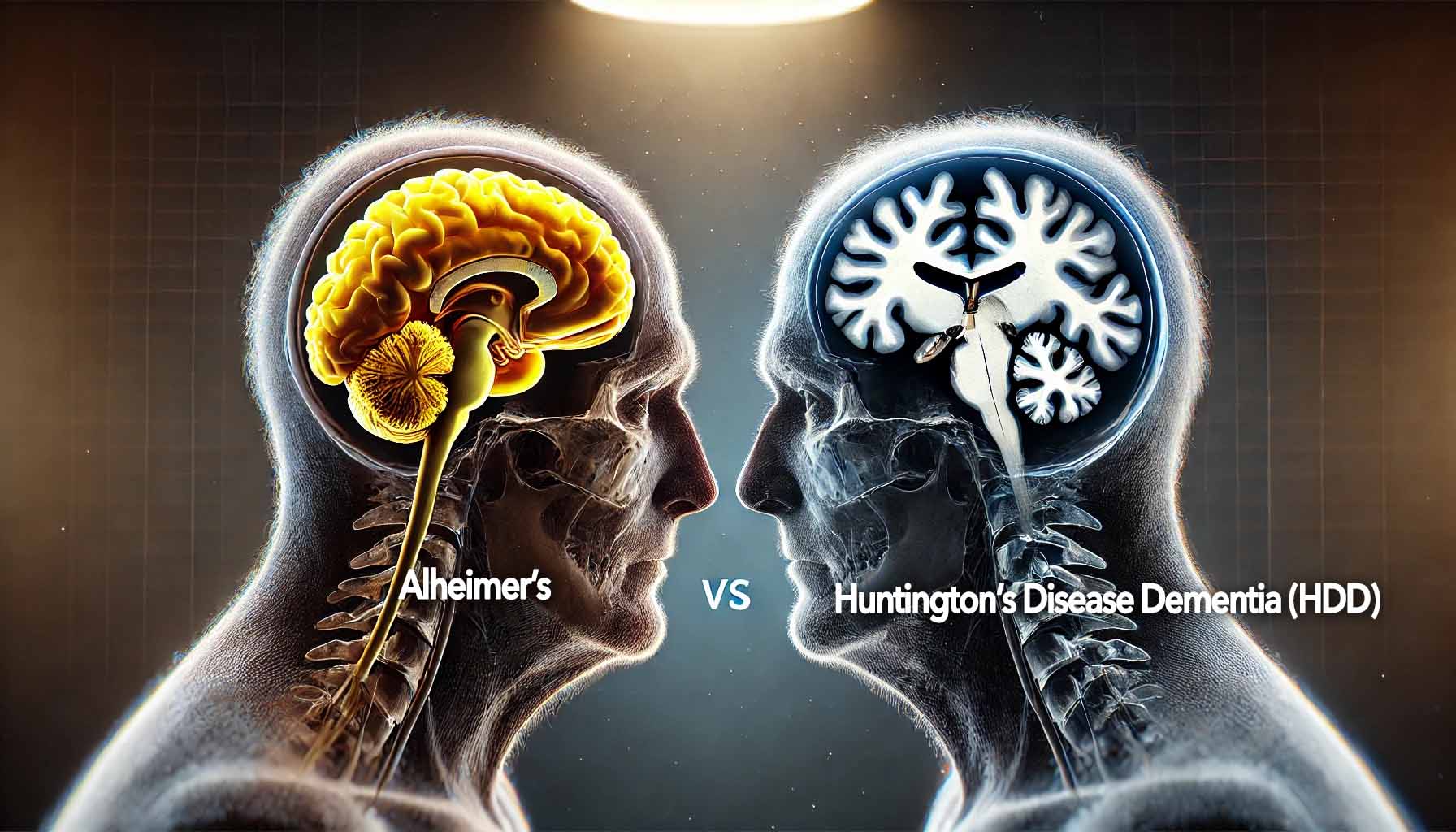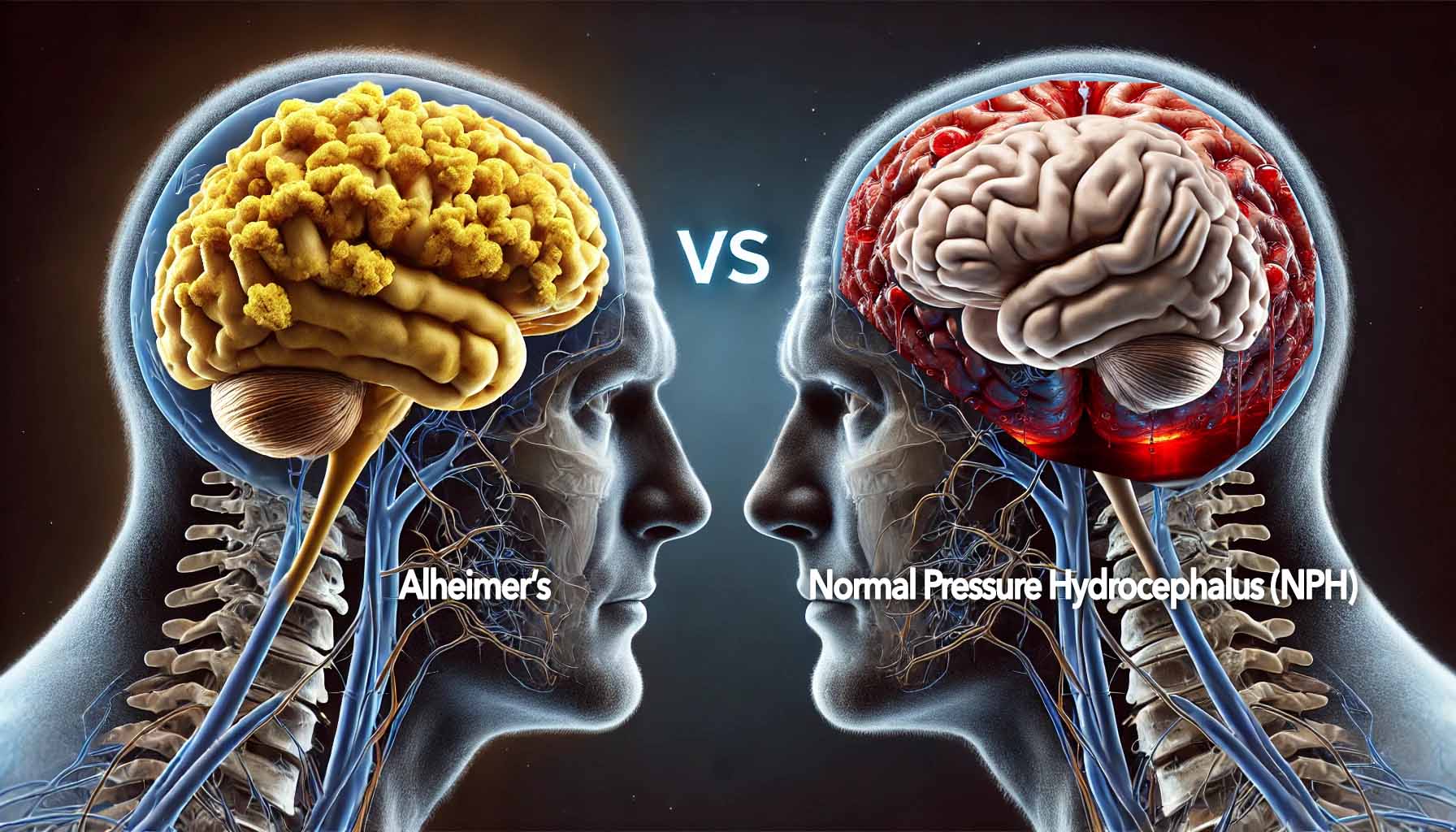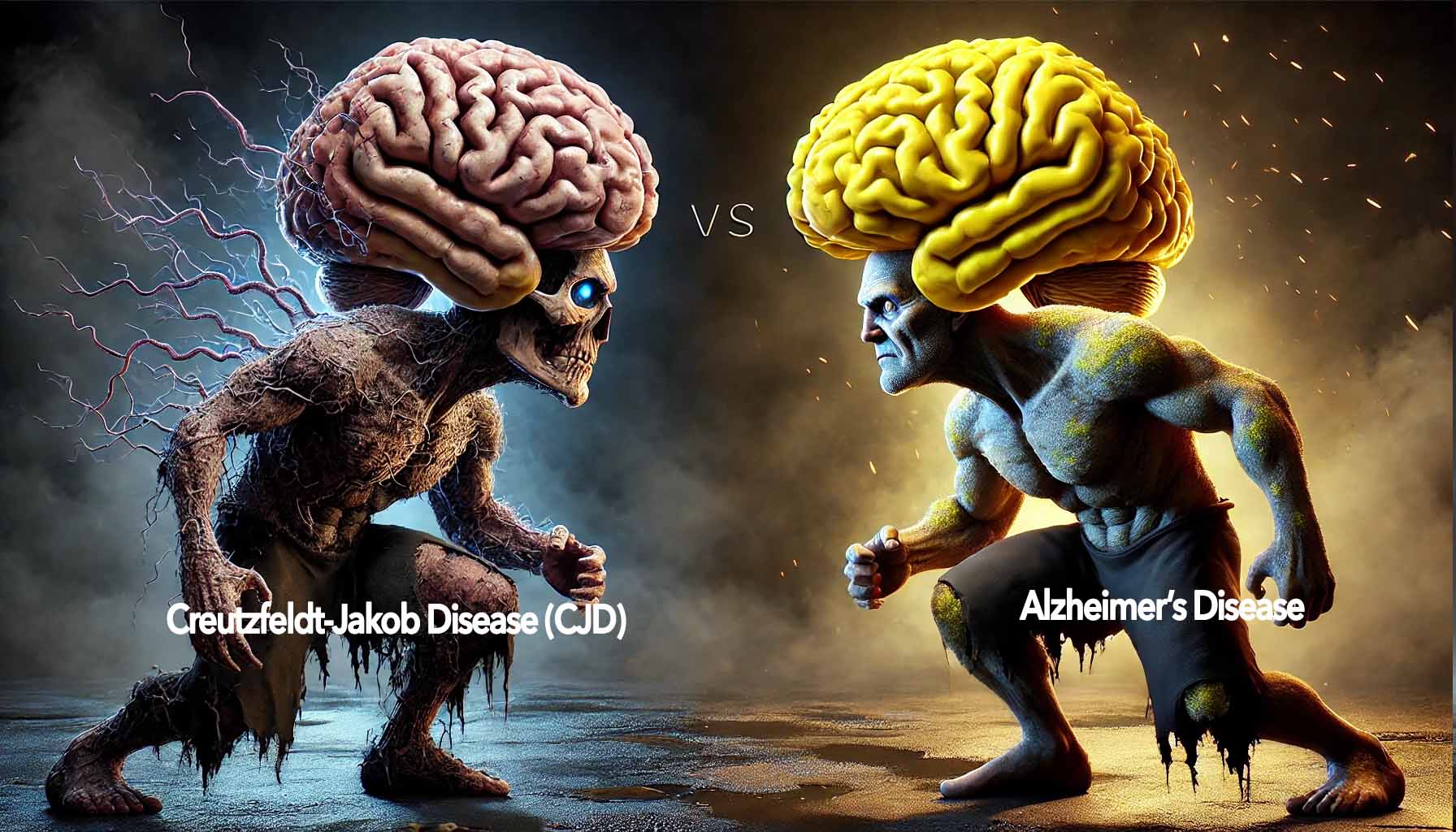Rapid Fire Answers To The Most Searched Questions
Alzheimer’s vs Parkinson’s Disease Dementia (PDD): What’s the Difference?

While both Alzheimer’s and Parkinson’s Disease Dementia (PDD) are forms of dementia, they affect the brain in different ways and have distinct symptoms. Understanding the differences between these two conditions is key to identifying them early and managing symptoms effectively. In this guide, we’ll break down the key differences in Alzheimer’s vs Parkinson’s Disease Dementia, including their symptoms, progression, and diagnosis.
How Simplifying Alzheimer’s Terminology Can Help Break the Stigma
What Is Alzheimer’s Disease?
Alzheimer’s disease is the most common cause of dementia, responsible for 60-80% of dementia cases. It’s a progressive disease that begins with memory loss and gradually leads to confusion, disorientation, and difficulty with daily tasks. Alzheimer’s is characterized by the buildup of Beta-Amyloid plaques and Tau tangles in the brain, which disrupt normal brain function.
Key Symptoms of Alzheimer’s:
- Memory Loss: The most noticeable early symptom, particularly short-term memory loss.
- Disorientation: Trouble with dates, times, and places.
- Difficulty with Daily Tasks: Struggling to complete familiar tasks like cooking or managing finances.
- Language Issues: Finding it difficult to follow conversations or find the right words.
- Mood and Personality Changes: Irritability, depression, withdrawal, or anxiety.
What Is Parkinson’s Disease Dementia (PDD)?
Parkinson’s Disease Dementia is a form of dementia that occurs in people with Parkinson’s disease, typically in the later stages of the disease. Parkinson’s disease primarily affects movement, but when it progresses to dementia, it also impairs cognitive functions. While the early stages of Parkinson’s involve physical symptoms like tremors and muscle rigidity, cognitive symptoms usually appear later in the disease.
Key Symptoms of PDD:
- Motor Symptoms: Tremors, stiffness, and slowness of movement are common in early Parkinson’s. These are generally absent in Alzheimer’s.
- Cognitive Decline: Memory problems and difficulty with attention and problem-solving emerge in the later stages.
- Visual Hallucinations: Seeing things that aren’t there is a common symptom of Parkinson’s-related dementia.
- Mood Changes: Depression, anxiety, and irritability are frequent, but these may be related to both Parkinson’s and dementia.
- Sleep Disturbances: People with PDD often experience fragmented sleep, REM sleep behavior disorder, or insomnia.
Alzheimer’s vs Parkinson’s Disease Dementia: Symptom Comparison
| Symptom | Alzheimer’s Disease | Parkinson’s Disease Dementia (PDD) |
|---|---|---|
| Memory Loss | Early and prominent, particularly short-term memory | Memory problems occur later in the disease |
| Motor Symptoms | Rare until late stages | Early motor symptoms include tremors, stiffness, slowness |
| Cognitive Decline | Gradual and progressive, primarily affecting memory | Later onset, impacts problem-solving and attention first |
| Visual Hallucinations | Rare until late stages | Common, often appears early in dementia |
| Language Difficulties | Trouble finding words and following conversations | Less pronounced but may still occur |
| Mood Changes | Common—depression, anxiety, and apathy | Depression, anxiety, and irritability are frequent |
| Sleep Disorders | Uncommon in early stages | Common—REM sleep disorders, insomnia, fragmented sleep |
Progression: Alzheimer’s vs Parkinson’s Disease Dementia
The progression of Alzheimer’s and PDD differs significantly.
Alzheimer’s Disease: Alzheimer’s usually starts with mild memory problems, progressing to confusion, difficulty completing daily tasks, and eventually losing the ability to communicate or recognize loved ones. The disease can take years to fully develop, with cognitive decline being the most prominent symptom throughout.
Parkinson’s Disease Dementia (PDD): Parkinson’s starts with motor issues, such as tremors and stiffness, and only progresses to cognitive decline after years of living with the disease. When dementia sets in, it can cause attention deficits, hallucinations, and executive dysfunction. Movement problems tend to remain the dominant feature throughout.
Diagnosis: Alzheimer’s vs Parkinson’s Disease Dementia
Diagnosing Alzheimer’s and Parkinson’s Disease Dementia requires careful evaluation and often involves similar diagnostic tools, but with a few key differences.
Medical History and Physical Exam
Both Alzheimer’s and PDD are diagnosed through a detailed medical history and physical exam to assess cognitive decline, motor symptoms, and other health factors.Cognitive Tests
Cognitive tests like the Mini-Mental State Exam (MMSE) and Montreal Cognitive Assessment (MoCA) are used for both conditions. However, in PDD, the focus may also be on motor skills and attention deficits, while Alzheimer’s tests primarily evaluate memory. The Silver House Operational Exam (SHOE) can also help in differentiating between Alzheimer’s and PDD by assessing memory, motor skills, and executive functions.Brain Imaging
- Alzheimer’s: MRI or PET scans may be used to detect Beta-Amyloid plaques and Tau tangles, confirming Alzheimer’s.
- Parkinson’s Disease Dementia: A DaTscan can be used to measure dopamine levels in the brain, helping confirm Parkinson’s disease. While it doesn’t diagnose dementia, it helps rule out other conditions with similar symptoms.
BAT Testing™
For Alzheimer’s diagnosis, our proprietary BAT Testing™ protocol can measure Beta-Amyloid and Tau levels using a simple blood test. This test is part of the BATWatch™ Protocol, which allows for early Alzheimer’s detection. There is no equivalent blood test for Parkinson’s Disease Dementia.Spinal Tap and Genetic Testing
- Alzheimer’s: In some cases, a spinal tap may be used to detect Beta-Amyloid and Tau proteins in cerebrospinal fluid. Genetic testing may also identify risk factors like the APOE-e4 gene.
- Parkinson’s Disease Dementia: Genetic testing is not typically used to diagnose PDD, although some genetic mutations like LRRK2 may be associated with an increased risk of Parkinson’s.
Treatment Options: Alzheimer’s vs Parkinson’s Disease Dementia
While there is no cure for Alzheimer’s or PDD, treatment can help manage symptoms and improve quality of life.
Alzheimer’s Treatment:
Medications like Donepezil and Memantine can slow the progression of Alzheimer’s symptoms. Non-medical treatments, like CogStim therapy, which targets cognitive health through comprehensive and personalized sessions, have also shown promise in slowing decline and improving quality of life.PDD Treatment:
In PDD, treatment often focuses on managing both motor and cognitive symptoms. Levodopa and other medications can help manage motor issues, while medications like Rivastigmine can help with cognitive symptoms. CogStim therapy is also useful here, but with a stronger focus on physical, cognitive, and behavioral therapies to address mobility, muscle memory, and emotional stress related to Parkinson’s.
Conclusion: Alzheimer’s vs Wrapping Up…
Though both Alzheimer’s and Parkinson’s Disease Dementia involve cognitive decline, they are distinct conditions with different causes, symptoms, and treatments. Alzheimer’s primarily affects memory and cognitive function, while PDD begins with motor symptoms and develops into dementia later in the disease’s progression.
Early diagnosis is crucial for both conditions. If you or a loved one is experiencing memory loss, tremors, or cognitive decline, consult with your healthcare provider about getting a thorough evaluation, including options like BAT Testing™ for Alzheimer’s or a DaTscan for Parkinson’s.
Concerned about cognitive decline or motor symptoms? Schedule a consultation to learn more about diagnosing Alzheimer’s and Parkinson’s Disease Dementia, and discover how our BATWatch™ Protocol can help detect Alzheimer’s early.
- All Posts
- Assisted Living Community
- Assisted Living Home
- Dementia Guide
- Versus
- All Posts
- Assisted Living Community
- Assisted Living Home
- Dementia Guide
- Versus
Protect Your Brain Like You Protect Your Heart.
We check cholesterol to prevent heart disease—so why not check BAT Levels to protect your brain? High BAT Levels signal Alzheimer’s risk.
With 98.72% accuracy, BATWatch™ is the trusted choice for early detection. The best part? BAT Levels can be treated long before Alzheimer’s develops.
Testing is covered by insurance—take the first step toward peace of mind today.
Schedule Your BAT Test NowFight Dementia with MemoryWatch™
If you happen to have a diagnosis, or believe there is some form of cognitive impairment... MemoryWatch™ can help manage progression, rebuild cognitive pathways, and preserve quality of life.
MemoryWatch™ combines breakthrough therapies to slow progression and rebuild cognitive health. Together, we’ll help your brain fight back.
With dementia, timing is critical. The earlier we act, the better chance we have of preserving what remains and rebuilding cognitive strength.
Start MemoryWatch Today


